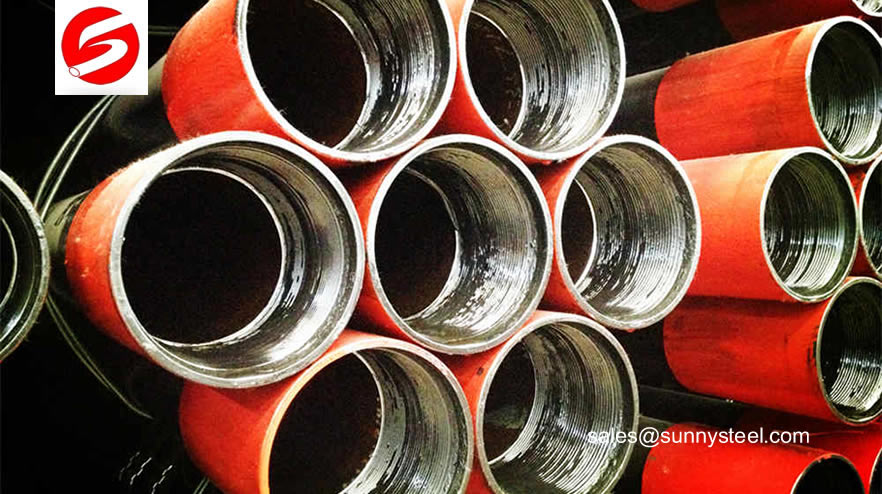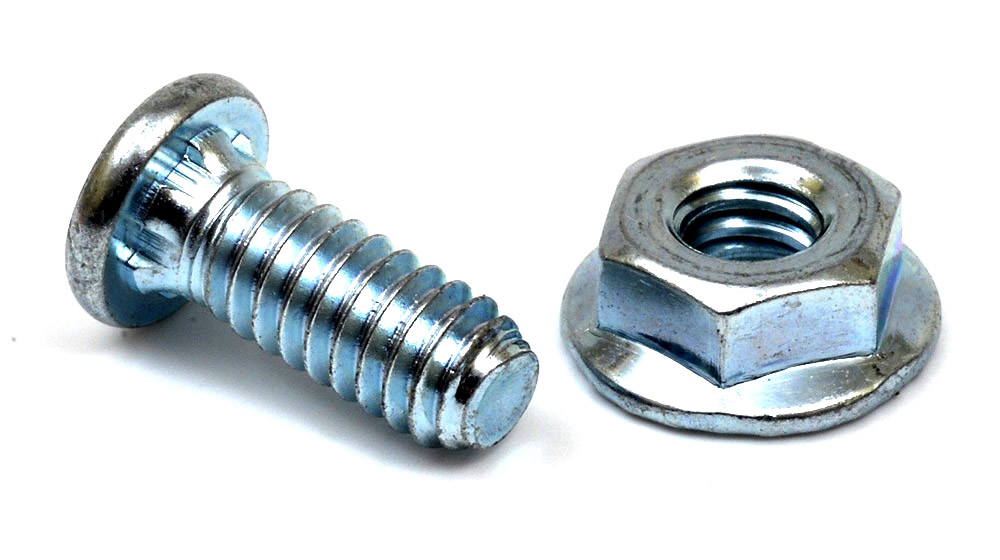A rubber expansion joint is a flexible connector manufactured from natural or synthetic elastomers, technical textiles and metal reinforcements. Expansion joints relieve stresses in piping systems, caused by temperature fluctuations, mechanical vibrations and movements.

Rubber expansion joint is also called rubber tube soft joint, flexible rubber joints, rubber soft joints, flexible rubber joints, high pressure rubber joints, rubber shock absorbers, compensators, etc.
Main data of rubber expansion joint
According to the connection method, there are three kinds of flange type, fixed flange type and thread type; according to the structure, it can be divided into five types: single sphere, double sphere, different diameter body, curved sphere and wind pressure coil. The tubular rubber piece is composed of inner and outer rubber, ply and traveler, and is formed by vulcanization molding and loosening with metal flange or parallel joint. This product can reduce vibration and noise, and can compensate for thermal expansion and contraction caused by temperature changes, and is widely used in various piping systems.
Installation des compensateurs caoutchouc
Compensation of axial movement with a compensator without tie rods
Compensation of axial and lateral movement with compensators without tie rods
Compensation of lateral and axial movement with compensators without tie rods on each pipe
Compensation of a large axial movement with two hinge compensators
Compensation of movements in 2 planes with 3 angular compensators. The advantages are the absorption of large movements, weak adjustment force, weak movement resumption
Compensation of lateral and axial movement with compensators without tie rods on each pipe
Frequently Seen Signs of Flexible Rubber Expansion Joint Fatigue
Cracking:
Exterior surface cracking is most commonly the result of aging or elevated temperature. Because of rubber ages, it becomes hard and brittle and loses inherent flexibility and resilience. Cracking or crazing may not be serious if only the outer cover is involved and the fabric is not exposed. If necessary, repair onsite with rubber cement where cracks are minor. Carefully inspect cracks to determine if underlying fabric reinforcing plies are compromised.
Exposure of Metal Reinforcement:
If the metal reinforcement of an flexible rubber expansion joint is visible through the cover, the rubber expansion joint should be replaced ASAP.
Dimensions:
Any inspections should verify that the installation is correct; no excessive misalignment between the flanges exists; and the installed face-to-face dimension is correct. Check for over-elongation, over compression, lateral or angular misalignment. If incorrect installation has caused the expansion joint to fail, adjust the piping and order a new expansion joint to fit the existing installation.
Rubber Deterioration:
If the joint feels soft or gummy, plan to replace the flexible rubber expansion joint as soon as possible. Chemical attack is the most likely cause.
Leakage:
It is most important to determine where the leak originated prior to implementing any corrective action. If leakage or weeping is occurring from any surface of the expansion joint, except where flanges meet, replace the joint immediately.
Rubber expansion joints have been specified and successfully used for many years to accommodate pressure loads, relieve movement stresses, reduce noise, isolate vibration, compensate for misalignment after plants go on stream and prolong the life of pumps and other motive equipment.
Application area
Rubber expansion joints are used in piping installations to compensate for thermal growth, relieve piping stress during operation, and reduce vibration and noise caused by rotating equipment.
- Heating and cooling devices
- Materials handling technologies
- Water pipes
- Desalination plants
- Compressors
- Blowers and fans
- Cement industry
- Chemical industry
- Glass industy
- Wood-processing industry
- Pulp and paper industry
- Railed vehicles
- Refineries
- Shipbuilding
- Steel mills
- Sugar industry
Frequently seen signs of flexible rubber expansion joint fatigue
Cracking:
Exterior surface cracking is most commonly the result of aging or elevated temperature. Because of rubber ages, it becomes hard and brittle and loses inherent flexibility and resilience. Cracking or crazing may not be serious if only the outer cover is involved and the fabric is not exposed. If necessary, repair onsite with rubber cement where cracks are minor. Carefully inspect cracks to determine if underlying fabric reinforcing plies are compromised.
Exposure of Metal Reinforcement:
If the metal reinforcement of an flexible rubber expansion joint is visible through the cover, the rubber expansion joint should be replaced ASAP.
Dimensions:
Any inspections should verify that the installation is correct; no excessive misalignment between the flanges exists; and the installed face-to-face dimension is correct. Check for over-elongation, over compression, lateral or angular misalignment. If incorrect installation has caused the expansion joint to fail, adjust the piping and order a new expansion joint to fit the existing installation.
Rubber Deterioration:
If the joint feels soft or gummy, plan to replace the flexible rubber expansion joint as soon as possible. Chemical attack is the most likely cause.
Leakage:
It is most important to determine where the leak originated prior to implementing any corrective action. If leakage or weeping is occurring from any surface of the expansion joint, except where flanges meet, replace the joint immediately.
Rubber expansion joints have been specified and successfully used for many years to accommodate pressure loads, relieve movement stresses, reduce noise, isolate vibration, compensate for misalignment after plants go on stream and prolong the life of pumps and other motive equipment.
Note bolts need to be installed in correct way!
Insert the bolts in the flanges with the head loward the joints. Tighten the bolts in opposite pairs. The bolts and nuts shall be tighten in progressive and crosswise with bolting pressure evenly distributed. Tighten opposing Nuts/bolts gradually according to the fullwing sequence.





















